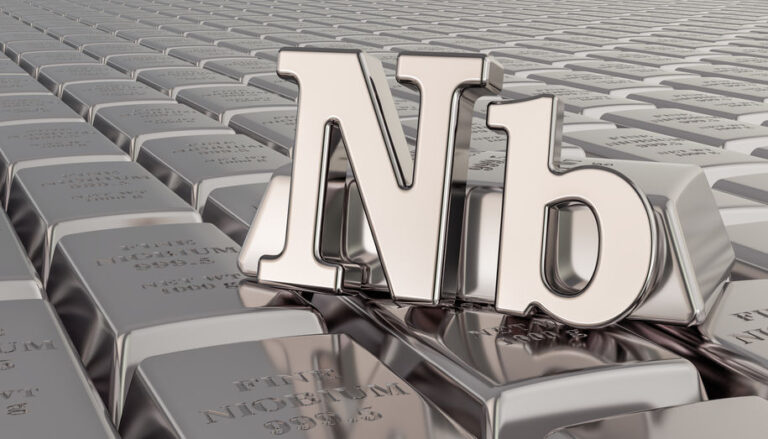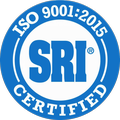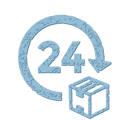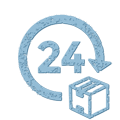
O que você sabe sobre o nióbio? Se você é como a maioria das pessoas, a resposta não é muito. No entanto, Saiba isso: nióbio é usado em todos os tipos de coisas, de joias hipoalergênicas a ímãs supercondutores. Você encontrará até nióbio em alguns motores a jato.
Niobium Characteristics
Niobium is a shiny, metal branco que pode ficar em tons de azul, green or yellow when exposed to air. With the atomic number of 41 and the symbol Nb, niobium has an atomic weight of 92.906 and a density of 8.57 grams per cubic centimeter. At room temperature it’s solid. Niobium’s melting point is 4,491 degrees Fahrenheit and its boiling point is 8,571 graus Fahrenheit.
Niobium History
Niobium used to be called columbium in the U.S. for some 100 anos, whereas it was niobium in Europe. It has a complicated history, but suffice it to say that niobium was pretty much “figured out” in the mid-1800s. Around 1950, the International Union of Pure and Applied Chemistry officially adopted niobium as the element’s name, in deference to European usage. Dito isto, you might still find some who refer to it as columbium!
Where Niobium is Found and Utilized
In nature, niobium is almost always found with tantalum. Today it’s found and mined in Brazil and Canada, with enough to last for probably the next five centuries according to experts.
Where is niobium most utilized? That would be in the steel industry. It’s used to create high-strength, low-alloy steels. Niobium is used to increase toughness as well as corrosion resistance.
Finalmente, niobium is known as one of the five refractory metals, all of which have very high resistance to heat and wear.
Need niobium? You’re in luck– Eagle Alloys, um fornecedor de metal industrial, has it for sale in a variety of forms. Você também pode ligar para Eagle Alloys em 800-237-9012 for more information about niobium.






